Sent to you by mcleanfamily88 via Google Reader:
A Guest post by Amar Ramesh.
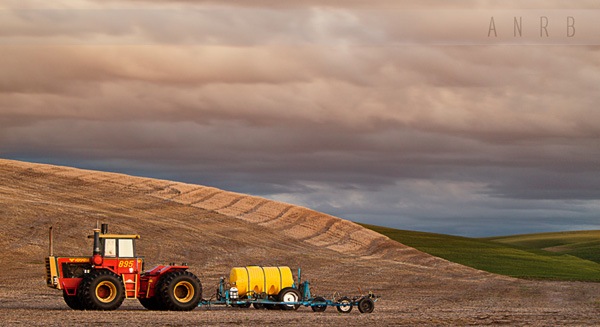
Composition for a photograph is like a screenplay for a movie. If the picture isn't composed well, it won't strike a cord with the viewer regardless of the technical expertise or the story being told. Composition skills improve over time with constant practice. Here are some of the basic composition tips with a picture to illustrate each of those tips. The example pictures were all taken in one day while driving through Eastern Washington. These tips will help train your eyes to see the frames, an important point if you want to take great pictures.
1. Remember rule of thirds
A basic tip to remember if you want to improve your composition skills. The human eye is generally drawn to a point one third of the way from the top, bottom, right or left of any image. Keep this in mind as you work on your composition. Read more about the Rule of Thirds.
2. Negative space is your friend

Don't always try to fill the frame. Negative space can be used to your advantage. Remember, it is just as important as the main subject.
3. Embrace Geometry
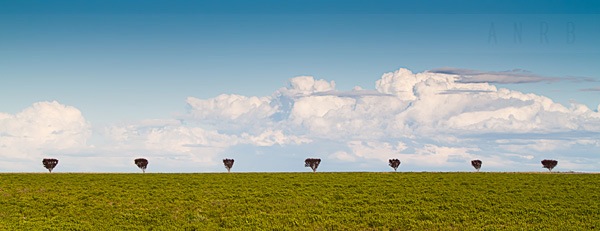
Train your eyes to look for lines, patterns and shapes. They give structure to your picture and help highlight the three dimensional quality of your subjects. Lines lead the viewers' eyes into or out of the picture. Find a subject for the center of attraction and then find lines that lead to it.
4. Frame within frame
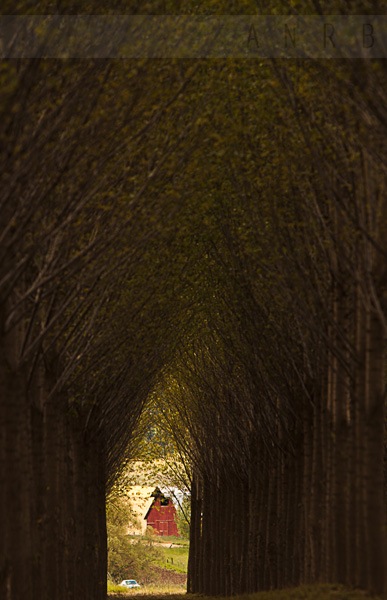
Used effectively, foreground framing directs the viewer's eye right to the subject. Look for frames of different shapes and sizes. They don't always have to be windows and fences. They could be big trees as in this example.
5. Avoid horizon in the middle
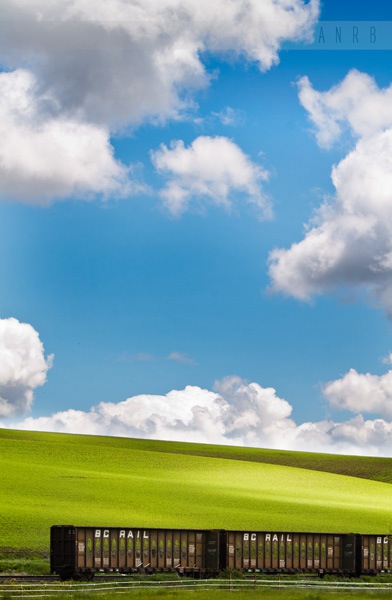
Keep your horizon level and keep it out of the center of the picture. If the sky is more interesting pull the horizon down and if the land is more interesting push the horizon up.
6. Inject life to your picture
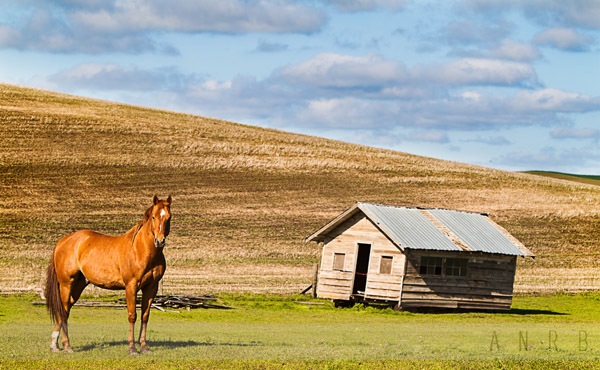
Try to place a living being in the picture. It shows dimension and emphasizes the scale of the frame to the viewer.
7. Merges breaks a picture

When lines of the horizon intersect with your subject it distracts the viewer and moves the attention away from your subject. It can spoil a great composition. Take some time move your frame up or down, left or right to avoid the horizon merge. In the example picture below, I took extra care not to make the horizon meet the edge of the barn.
8. Lonely subjects are striking
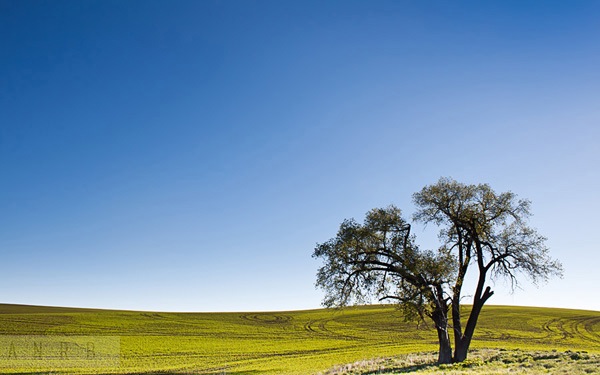
Single subjects like trees, barns, buildings, motorcycles almost always make for great compositions. I love pulling them into the frame. Here's a small collection of such pictures from my archives that have a single tree in the frame.
9. Size Matters
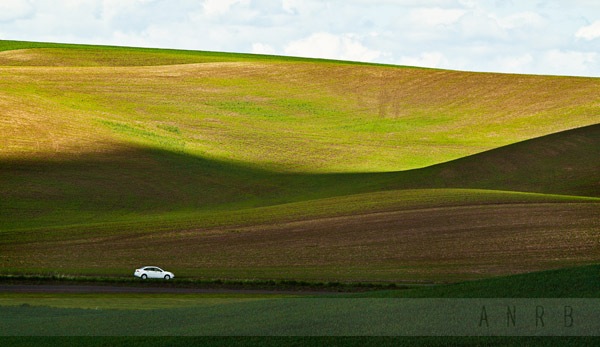
Try to include a subject that would give the viewers a scale of the scene in the frame. Use people or objects that let viewers relate size in your composition.
10. Think before you click
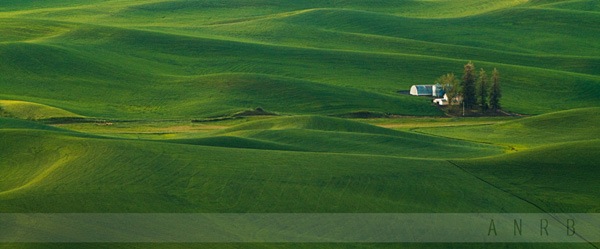
As is the case for any type of photography, think before you click the shutter button. Make sure there are no unnecessary objects that would affect your composition. If possible move those objects or try to move yourselves to see if you can avoid them from your composition by moving yourselves.
Following these simple techniques will improve your photography leaps and bounds and keep you ahead of the rest. These illustrations does not fit only for landscape photography but for all other types of photography. The entire collection of my eastern washington pictures can be seen here.
Amar Ramesh is an emerging photographer from Redmond WA, USA. Photography, to him is a passion with infinite opportunities and he loves to share the lessons and tips that he learned with others. Please visit his Facebook Page for more. He is also in Flickr | Twitter | Portfolio.
Post from: Digital Photography School - Photography Tips.
10 Landscape Composition Tips: Illustrated with Pictures from Eastern Washington
Things you can do from here:
- Subscribe to Digital Photography School using Google Reader
- Get started using Google Reader to easily keep up with all your favorite sites



No comments:
Post a Comment